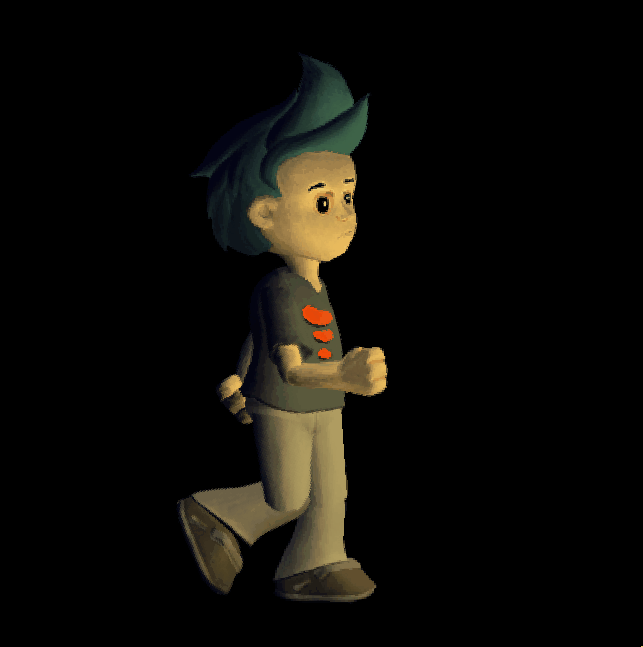To be honest I couldn´t bring myself to read the books after World 1, too much text...I loved the last level, now THAT´s an awesome way to intertwine story and gameplay. But the rest of the game? Take the books out and there´s no story apart from the "princess is in another castle" at the end of each world.Braid also has a major focus on story, so the gaps in gameplay can probably be blamed on that, if that's your cup of tea. Have you read the story theories regarding nuclear weapons? The story is pretty well intertwined with the gameplay and level design iirc, so any discrepancies might be there for other reasons than what one would imagine.
I´ve read the theories about it all being about the nuclear bomb, but all of it is presented in the game in walls of text outside of gameplay. At the start of each world, in a room where there are no gameplay elements whatsoever, you are presented with all the story of each chapter and after that, the doors to actually enter the levels and PLAY are located. Story and gameplay are physically separated in the game, except for that glorious last level. I can´t understand why the story can act as a reason for separating two challenges with walks on flat terrain.
I agree, Braid does that part really well, not 2 puzzles felt the same and nothing felt reused just for the shake of adding content. In the few instances where content was reused (I think "The Pit" and "The Hunt" levels appear more than twice) it was given a twist with each world´s mechanic and it felt totally different. Besides, they were used at the start of each world were the new mechanic was still being introduced, so having a familiar environment worked great to see how the new mechanic could make you do things in new ways.Yeah, maybe it is a 'there at the time' thing and as you correctly point out, Braid is essentially a puzzle game rather than a platform game (its just wrapped in a platform games clothing, like Spelunky is a rogue-like/lite wrapped in platformer clothes) but it's actually fairly common for a game to run out of ideas and be self-conscious about its length so start adding 'padding' and recycling ideas and either layering or iterating them.
Braid is pretty short, but it - presumably deliberately - is short because of its 'one and done' use of mechanics; its pretty easy to imagine it could easily be 3-4 times longer by having 'mashup' worlds where multiple previous mechanics are entwined, or where previously used puzzles are recycled, but with more difficult reflexive challenges (and veer into 'real platformer' territory), but I think it would run the risk of becoming a slog to get through.
I think it's probably a case of it being slightly better to leave a player satisfied and wanting more, than to be overly familiar and beginning to be bored
Not mixing mechanics can be a direct consequence of the game being primarily a puzzle: in platforms games it makes sense to remix things because player execution is an important factor of gameplay, but in puzzle games it´s finding the solution what carries the weight. So putting in a puzzle for which you already know the solution but have to go through a series of convoluted steps to actually apply it could´ve been horrible. Another good callby Jonathan Blow. Maybe this is why he chose to keep the space empty between puzzles, to not add "worthless" content or shift the focus from puzzles to platforming, which seem to have never been his intention.
Anyway I have no complaints about the game´s length, it´s true that it´s short but as you say all the challenges feel like they have a reason to be there and all mechanics are developed a fair amount.












